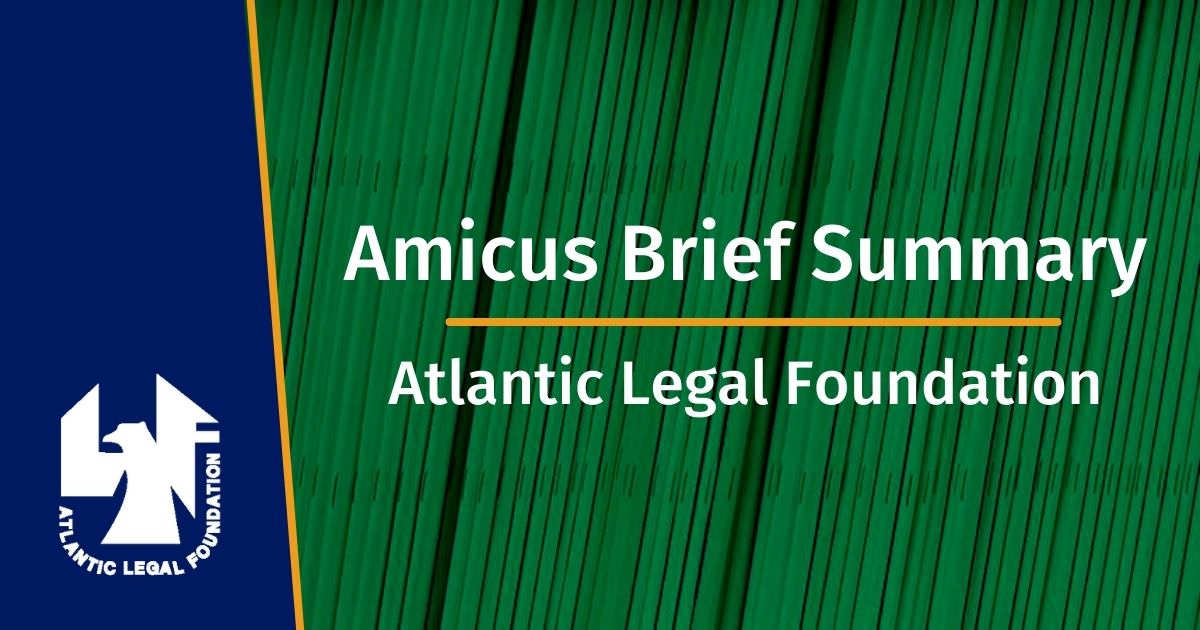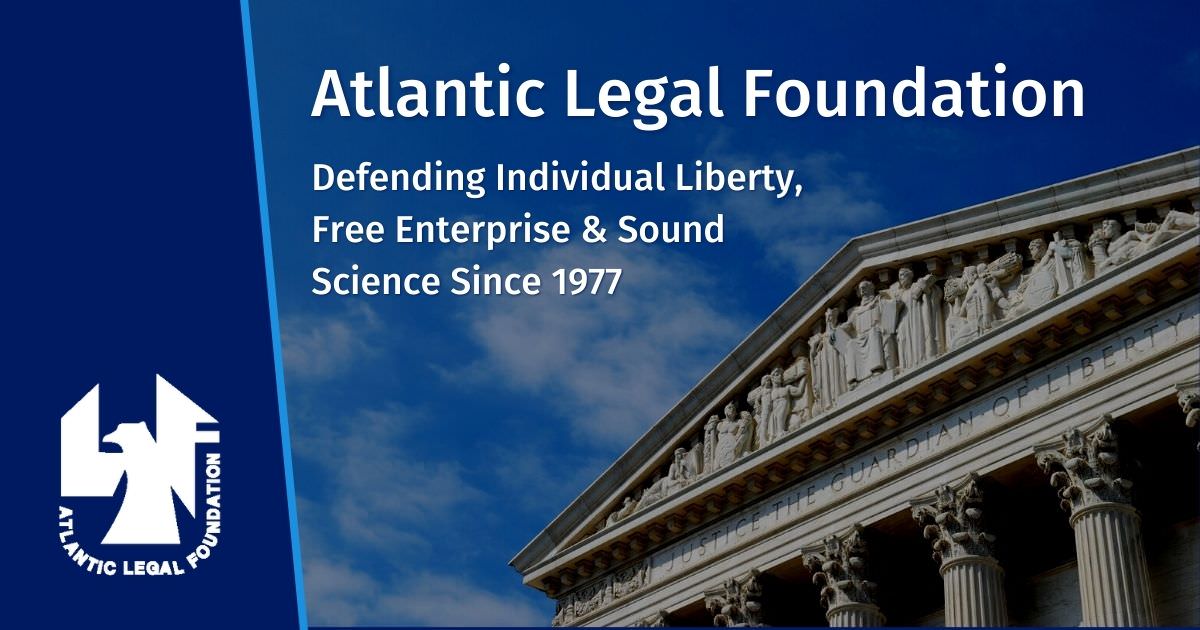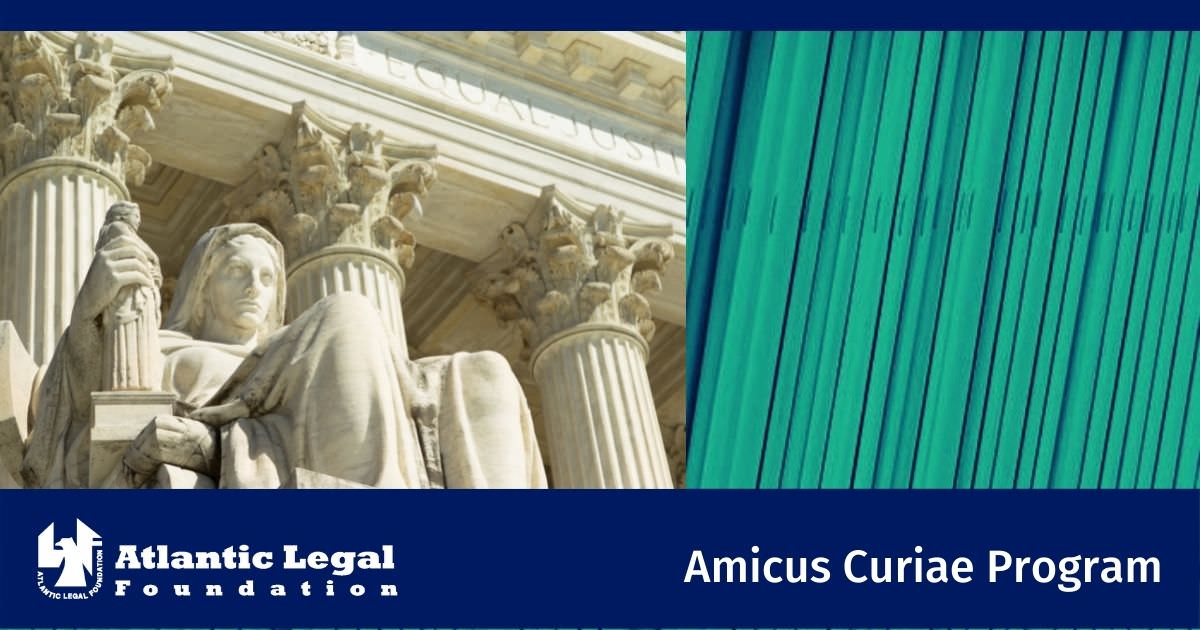
Landmark of Sound Science: Daubert
Petitioners, two minor children and their parents, alleged in their suit against respondent that the children’s serious birth defects had been caused by the mothers’ prenatal ingestion of Bendectin, a prescription drug marketed by respondent. The District Court granted respondent summary judgment based on a well-credentialed expert’s affidavit concluding, upon reviewing the extensive published scientific literature on the subject, that maternal use of Bendectin has not been shown to be a risk factor for human birth defects. Although petitioners had responded with the testimony of eight other well-credentialed experts, who based their conclusion that Bendectin can cause birth defects on animal studies, chemical structure analyses, and the unpublished “reanalysis” of previously published human statistical studies, the court determined that this evidence did not meet the applicable “general acceptance” standard for the admission of expert testimony. The Court of Appeals agreed and affirmed, citing Frye v. United States, 54 App. D. C. 46, 47, 293 F.1d 13, 1014, for the rule that expert opinion based on a scientific technique is inadmissible unless the technique is “generally accepted” as reliable in the relevant scientific community.
The opinions below were reached because allowing a credentialed opinion to be proffered to a jury, when this opinion is not supported by scientific standards generally accepted in the expert’s field, allows an expert to be paid to lend his credibility to a conclusion that would not be accepted by his peers, confusing the jury in that they will attach the ethos of scientific institutions that granted the expert his credentials to a conclusion that would not survive the rigorous scrutiny applied to conclusions proffered before those institutions. The primary function of a scientist is not to spout universal truths, but rather to create valid and repeatable methods to derive data relevant to hypotheses through rigorous testing. Institutions of science scrutinize the validity of methods to derive data through peer review. The primary function of a scientist and scientific institutions is to contribute to that ongoing collective process of scrutiny. Therefore allowing a man credentialed by such institutions to proffer his opinion which would not survive scientific scrutiny within those institutions, as if they would, is to allow juries to attach the credibility of “science” to mere private speculation.
Issue Areas:
Sound Science
Case:
Daubert v. Merrell Dow Pharma. Co., (Supreme Court) (merits stage)
Question(s) Presented:
What standards apply to scientific evidence to determine admissibility or excludability of proffered “expert” testimony?
Additional Background:
It is common ground, we believe, that in science accepted “truth” is not a constant: that it evolves, either gradually or discontinuously. As Sir Karl Popper, the preeminent philosopher of science observed, the scientific enterprise starts with a deductive method to derive hypotheses which are then tested by observation and experiment. Karl R. Popper, The Logic of Scientific Discovery 32 (1959).
ALF’s Amicus Brief:
ALF, along with co-amici, who include 18 scientists, six of them Nobel Laureates, in fields of science ranging from chemistry, to medicine, to epidemiology, inform the Court of their view on the appropriate criteria for acceptable scientific evidence, and respond to certain misconceptions that pervade some of the amicus briefs filed in support of Petitioners, which could adversely affect the judgment of this Court if uncorrected. Our interest transcends the issues of this case or the positions of any party.
The primary misconception of Petitioner’s and their amici is that they incorrectly read the principles undergirding the decisions below. They contend that the Ninth Circuit Court of Appeals and the District Court excluded affidavit and deposition testimony of plaintiffs’ expert witnesses because those witnesses reached conclusions that were not “generally accepted” in the scientific community. They incorrectly identify as the central issue in this case whether the rule of evidence is that expert scientific opinion is inadmissible unless it is generally accepted in the relevant scientific field. Neither court below relied on such a rule.
Both courts below excluded the testimony because the methodology used by the plaintiffs’ key expert had not been demonstrated to be generally accepted as a reliable technique in the relavent scientific community. As the Ninth Circuit stated “[f]or expert opinion based on a given scientific methodology to be admissible, the methodology cannot diverge from procedures accepted by recognized authorities in the field.” The district court excluded the testimony because the studies relied upon by the expert were not published for peer review, and did not state that a statistically significant relationship was observed. In short, Petitioners simply offer this Court a straw man and do not address the rational of the decisions below.
ALF asks this Court to reaffirm the essentiality of publishing and peer review to evaluate methods for general acceptance, and that only with this general acceptance should the credibility of a scientific field be attached to the opinions of a credentialed member of that field.
Status:
On June 28, 1993, the Supreme Court issued a favorable landmark decision, affirming the place of sound science in the court room, and the role of judges as gatekeepers disallowing pseudoscientific speculation from wasting the time and attention span of the jury by masquerading behind the credentials of a scientist who has not adequately engaged in the scientific process to derive his opinion.
Date Originally Posted: January 19, 1993





